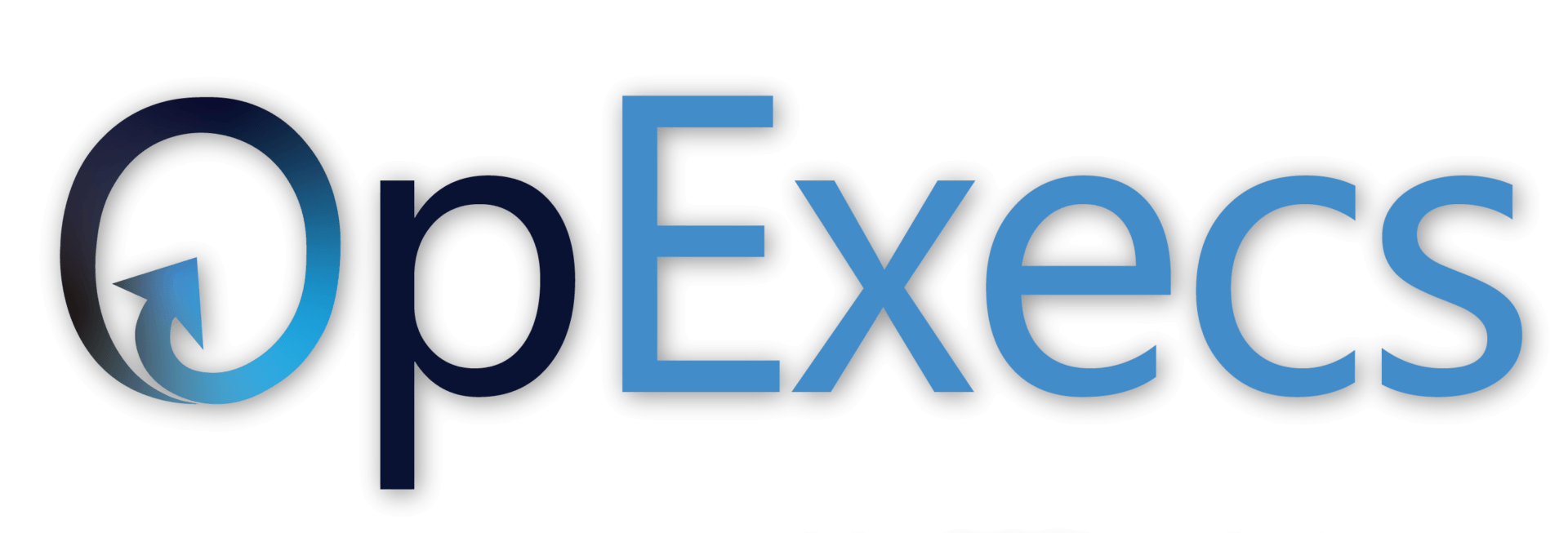DMAIC Approach
We run into problems everyday. Learn OpExecs’ strategy to turn problems into growth opportunities for your business.
Proven Lean Six Sigma DMAIC Approach
Define the problem
Measure the problem, Observe and collect data
Analyze the data for sources of variation
Improve the process through proof of concept piloting
Control the result to sustain and continue to improve

DMAIC 14 Required Deliverable Tollgates
Define Phase - Deliverables
Define 1: Project CTQ’s – Critical To Quality Characteristics. The first deliverable starts the project off with a focus on the customer as the team uses Voice of the Customer techniques to document the customers’ CTQ’s.
Define 2: Approved Charter. Next the team must identify all project stakeholders to develop a project charter which will determine the project’s focus, timing, goals, business case, core and extended team members and sponsoring leadership.
Define 3: Process Map. Early in the project’s life, the team will document a high level view of the process which details the series of steps required to execute the process. The map will also include the process’: customers, suppliers, inputs required and output(s) delivered to the customer.
Measure Phase - Deliverables
Measure 4: Project Y & Performance Standards. The measure phase commences with a selection of the metric(s) that most directly reflects the customers’ CTQ(s). This metric is known as the Y variable. Customers and key stakeholders will be consulted to determine acceptable performance standards for the Y metric. This performance standard will enable the team to determine what is a ‘defect’.
Measure 5: Data Collection Plan & Validated Measurement System. The key output of the measurement phase is a baseline of the current process’ performance. Teams must document their approach to data collection and validate that their measurement system does not introduce significant variability simply in the way the data are being gathered. With this required deliverable complete, the team can be assured that their measurement baseline accurately reflects the actual process.
Measure 6: Data for Project Y. The team gathers the data to baseline their process’ current performance.
Measure 7: Process Capability for Project Y. This deliverable is a statistical calculation based upon the data gathered in deliverable six. It is a measurement of how many defects are generated in their current process out of the total opportunities to create a defect. Process capability provides the baseline measurement against which future improvement efforts will be assessed.
Measure 8: Improvement Goal for Project Y. The last deliverable of the measure phase ensures that the team sets a goal that reflects the project charter and is also based upon current performance.
Analyze Phase - Deliverables
Analyze 9: Prioritized List of All X’s. As the team begins the analyze phase, they will gather all information from the Define and Measure phases and will also utilize additional tools to identify a complete list of root causes which are driving performance in the Y metric. These root causes are termed “X”’s in Six Sigma terminology.
Analyze 10: List of the Vital Few X’s. The team will continue to work with the list of X’s, evaluating each one to determine if it is a ‘vital x’ driving a significant proportion of the defects in the Y metric. If the X is proven to be a ‘vital x’, solutions will be developed to address this X in the Improve phase. If the X is determined to be a ‘trivial many’ X, in other words it is not driving a significant percentage of the variation in Y, it will be documented but not pursued in the Improve phase.
Improve Phase - Deliverables
Improve 11: Proposed Solution. The Vital Few X’s will advance to the first deliverable of the Improve phase as the team determines what strategy to use to develop proposed solutions which will address each of these X’s. Alternative solutions will be considered, and the best will be selected and prepared for pilot.
Improve 12: Piloted Solution. The piloted solution is a process improvement that has been tested on a small scale in a real business environment. A successful pilot is one in which the piloted solution meets the project performance goals (and the ‘musts’ criteria).
Control Phase - Deliverables
Control 13: Sustained Solution. A sustained solution is a fully implemented and statistically confirmed process improvement that is supported with a control plan to ensure it remains in place over time. For a solution to be sustained, a control plan must be put in place which addresses each Y and vital X.
Control 14: Project Documentation. Documentation is a necessary step to ensure that the learning gained via improvement is shared and institutionalized. By doing this, the team will cement the gains of improvement as well as build supporting organizational systems and structures for future projects.
